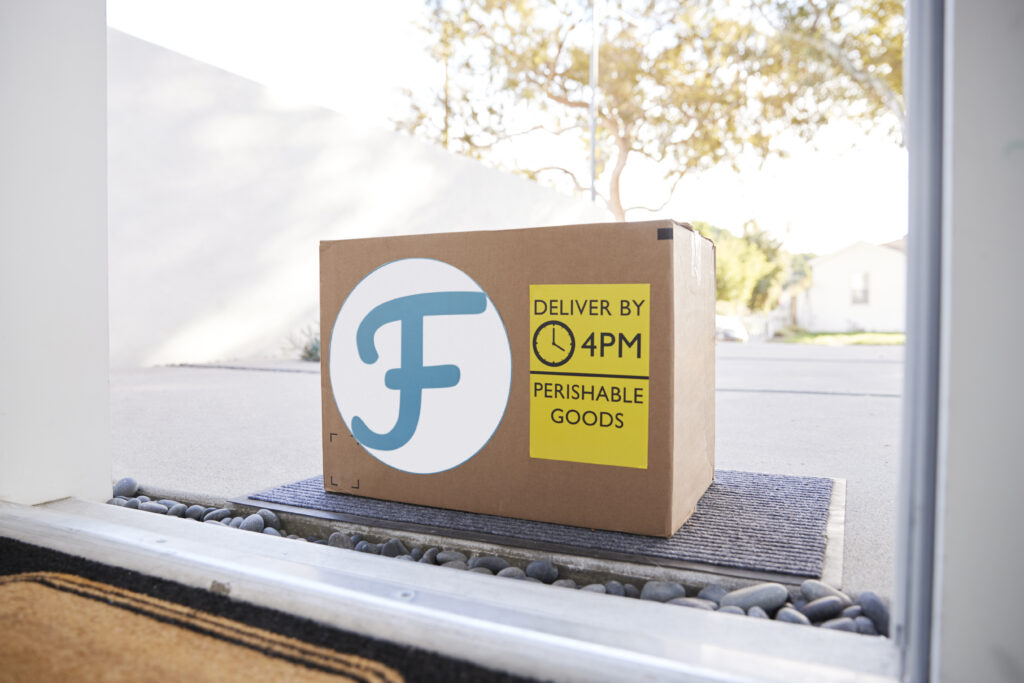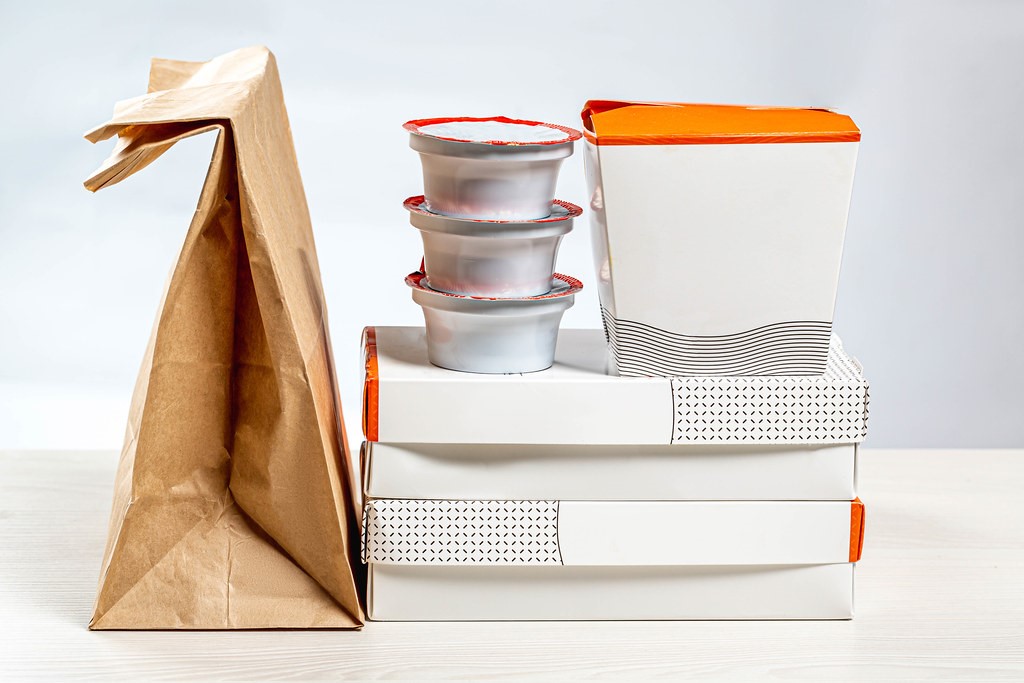COVID-19 has given rise to a slew of new terms, namely “social distancing,” and drastically changed the context of wearing a mask and standing six feet away from others. But in the food and beverage industry, the rise of the term “contactless delivery” cannot be understated.
To stay in business during the pandemic, foodservice enterprises — including fast-food chains, dine-in restaurants and grocery stores — have turned to take out and delivery to generate income. And in order to comply with newly-implemented health and safety regulations, many of them started offering contactless delivery to customers.
So, what does contactless delivery entail? According to TouchBistro, contactless delivery “means that a food order is left at a customer’s doorstep, lobby or another safe place, rather than ringing their doorbell or knocking on their door.” This means that the customer has no physical contact with the person delivering their order, limiting the opportunity for germs to spread.
To facilitate this type of delivery, payment must be made over the phone, through a website or one of these apps since the delivery person does not directly interact with the customer to make the payment. The customer is notified by phone, text, email or app notification when their delivery arrives.
The rise of contactless delivery can be partially attributed to specific restaurants including, the popular sushi chain Sugarfish, which quickly implemented contactless deliveries in New York City and Los Angeles – two cities that were hit especially hard by the virus.
Third-party food delivery apps, like Uber Eats, DoorDash, Postmates and Grubhub, can also be credited with popularizing contactless delivery, as many apps added the feature to their delivery options early on. Even though many cities are starting to allow in-person dining, the emphasis continues to be on takeout and delivery, with these apps playing an important role in the survival of many restaurants.
Contactless delivery has spawned several partnerships and new technologies during its rise to fame. Just last week, restaurant technology startup Minnow Technologies launched Minnow Pickup Pod, a contactless food delivery and pickup solution, in partnership with fast-casual restaurants and foodservice operators. The insulated pods resemble lockers and consist of antimicrobial surfaces and an easy-to-clean design.
Earlier this month, online ordering engine Lunchbox partnered with Sodexo , a global food services and facilities management company, and robot startup Kiwibot, to enable contactless and autonomous food delivery across the University of Denver campus to safely deliver meals to staff and faculty.
This partnership serves as a preview of what the future of food delivery holds as online and app-based ordering continues to rise and autonomous, contactless technology continues to become more sophisticated and widely used.
For foodservice companies, contactless food delivery is one way to encourage social distancing while staying in business. By implementing this, they play a part in limiting person-to-person transmission so that the healthcare system doesn’t become overwhelmed – and businesses can get back to their normal operations sooner.






Join or login to leave a comment
JOIN LOGIN